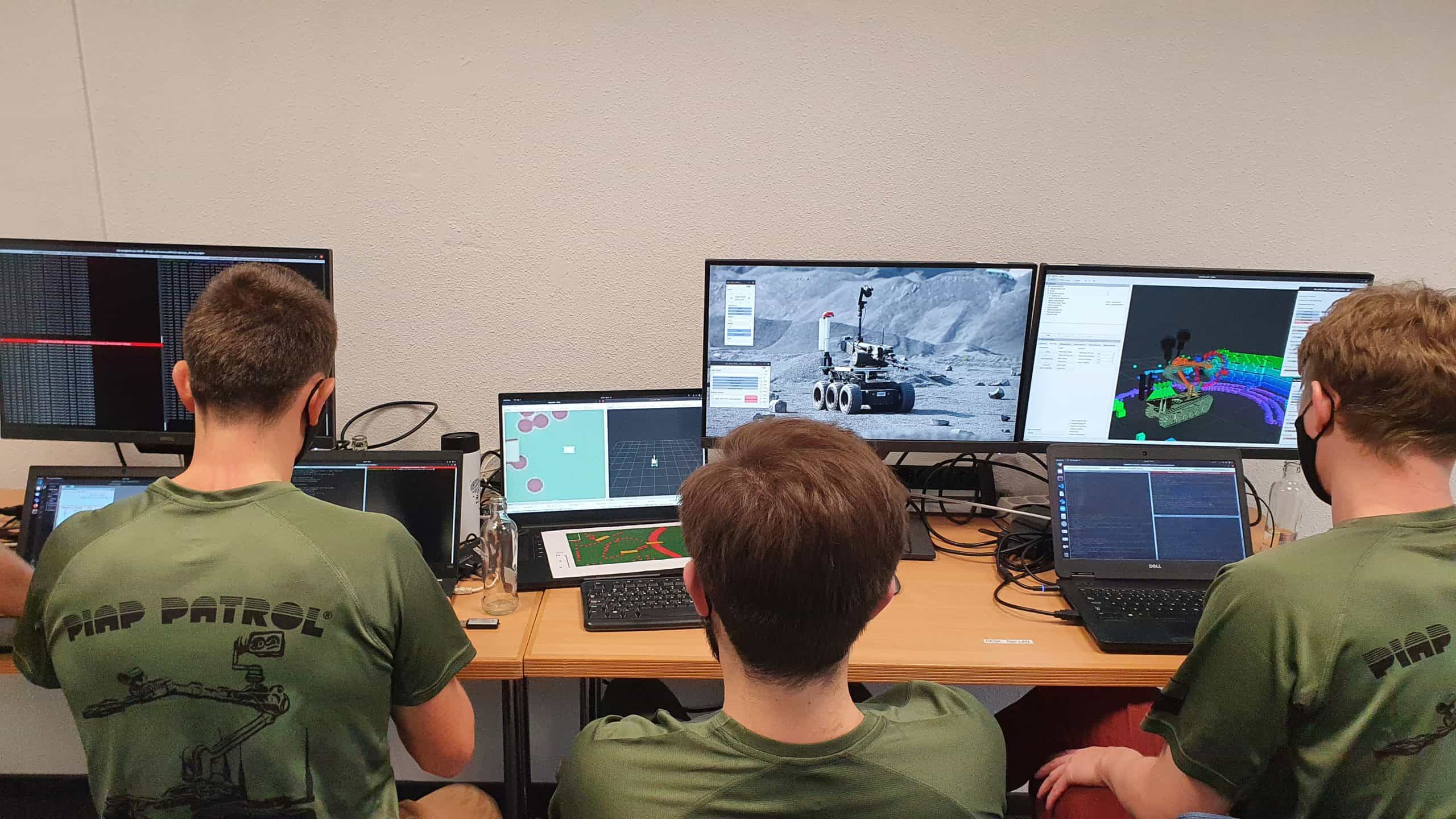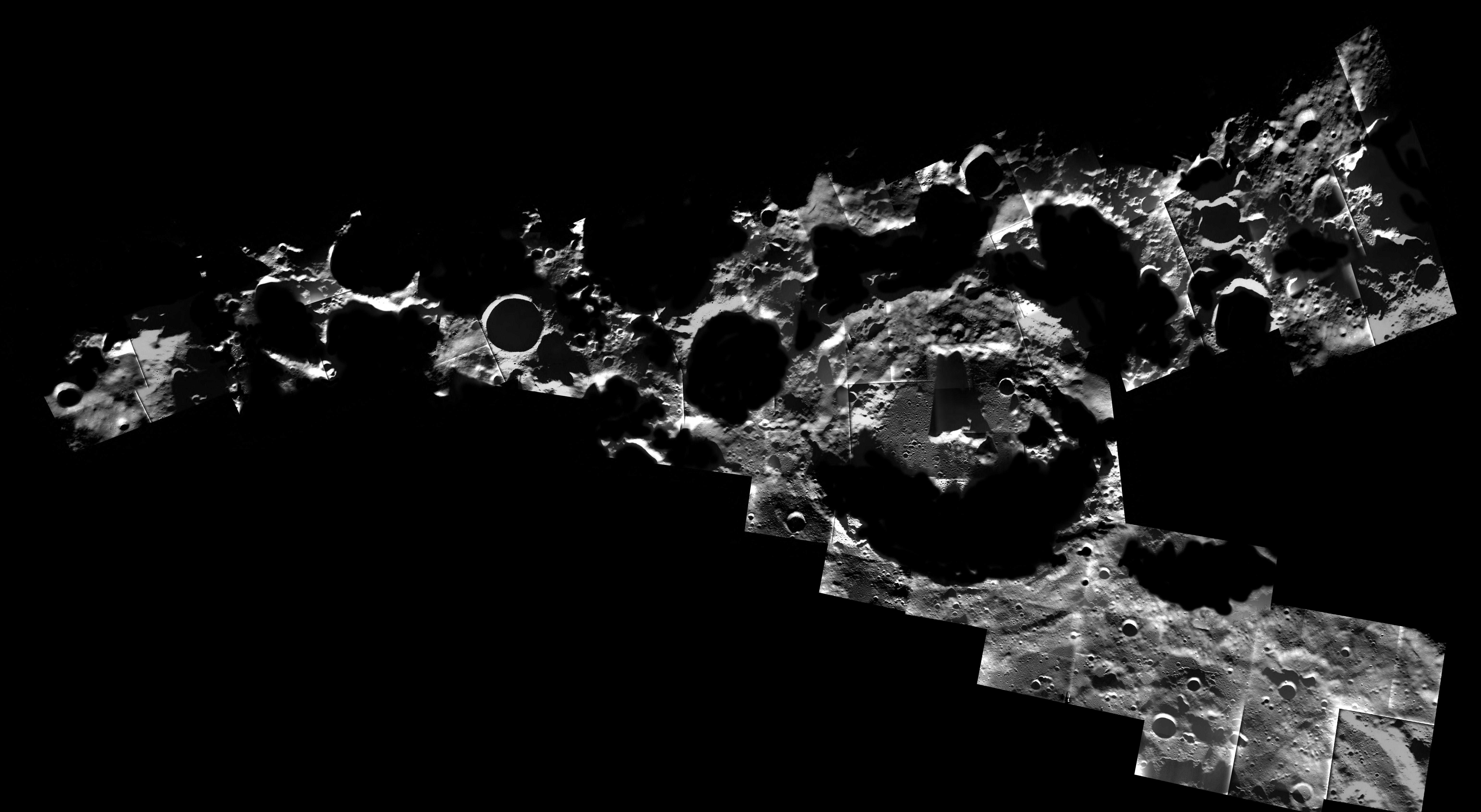A lunar rover jointly built by University of Luxembourg engineers has made it through to the next round of a European Space Agency contest. If successful, it could be sent to the moon.
Luxembourg’s SnT SpaceR research group worked with Space Application Services, Dynamic Imaging Analytics, La Palma Research Centre, University de Lorraine and The Open University to develop a vehicle capable of prospecting resources such as water at both poles of the moon. Theirs was one of five models to be selected as a winner in the joint ESA and European Space Resources Innovation Center contest aimed at Canadian and European engineers.
The team, which spans Belgium, Luxembourg, UK, Spain and France, scooped a €75,000 cash prize and enters the next phase of the contest.
SpaceR Research Group head Prof. Miguel Olivares Mendez, of the SnT said: “The success of this mission was based on the hard work of some of the outstanding researchers in SpaceR. We have coordinated efforts and tasks in a very efficient way to accomplish a long traverse of more than 50 meters on semi-autonomous mode and to reach the region of interest. A large part of the merit goes to Dave Van der Meer, student of the Interdisciplinary Space Master, who was monitoring the rover from the ground station.”
The other winners include ETH Zurich & University of Zurich (Switzerland), Mission Control Space Services (Canada), Łukasiewicz – PIAP (Poland) and FZI Forschungszentrum Informatik (Germany).
“ESRIC is looking forward to welcoming these five winners from this phase to Luxembourg where they will compete in the lunar environment that we are building for this autumn’s second round,” said ESRIC strategic advisor and project manager Bob Lamboray. “Through the ESRIC prize, we will support the final winner to further mature their design and hopefully make it to the moon in the near future.”
Exploring Lunar Poles
The contest challenge centres around the fact that the lunar poles present challenging conditions for vehicles. Covered in craters, they are side-lit by the sun and are thought to contain frozen water and other resources essential for future human settlement.
Some 12 teams submitted projects that used a variety of approaches, including wheeled, tracked and walking vehicles, combined with visual and multi-spectral instrumentation. The contest was held inside a former aircraft hangar where organisers spread 200 tons of lava rock across an area equivalent to seven tennis courts, to recreate a Moon-like environment. They scattered rocks, including a hundred simulated boulders which were larger than a metre across, whose positions were precisely geo-referenced.
These measurements served as the basis of a map provided by ESA to the rover teams. The idea was to give them the equivalent level of local information they would get from satellite imagery in a ‘real’ mission, while still leaving smaller-scale surprises. Rover groups could only see the test environment through the cameras on their rovers. They then had two-and-half hours to reach a target crater and mine resources.
“The competing rovers had to navigate and map the whole test environment to prospect for useable resources – meaning first of all to track down their location, identify the best and safest passages to access them, then to gather information about the characteristics and the composition of the rocks they find,” explains Massimo Sabbatini, who was overseeing the contest’s first phase for ESA.


